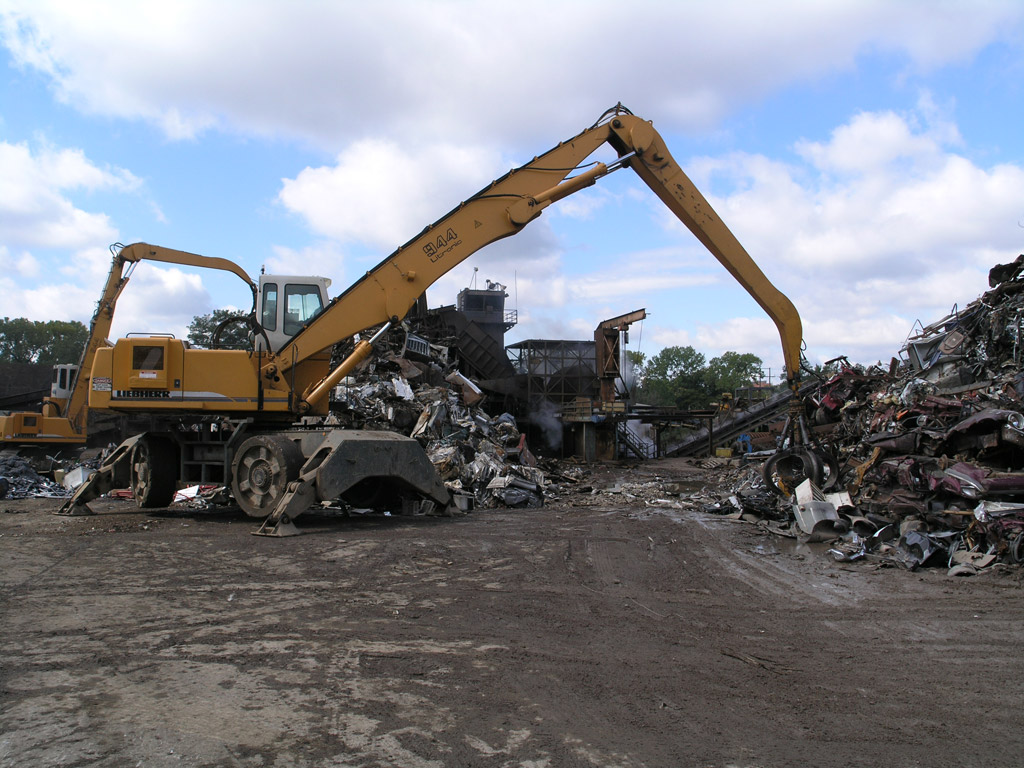![[Go Cart]](gocart.gif)
![[Go Cart]](gocart.gif)
|
Go Cart |
Inspired by the description in The Dangerous Book for Boys (a dangerously cool book), we (my sons, Akaash and Saahil, and I) made a go cart. Not the kind powered by a motor, but the kind powered by gravity, letting you (and an optional buddy) fly down a hill on a kind of wheeled sled! Steep hills with a smooth road and little traffic are ideal since this puppy has no brakes.
Parts we used:
 After a preliminary reconnaissance of our garage and basement for
parts we already had, we made a list of what we needed. Foremost on
the list of needed parts were wheels, for they would make or break (or
brake) the go cart. Then, we headed to the junk yard.
After a preliminary reconnaissance of our garage and basement for
parts we already had, we made a list of what we needed. Foremost on
the list of needed parts were wheels, for they would make or break (or
brake) the go cart. Then, we headed to the junk yard.
One of the most fun parts was exploring the junk yard (or "dump", or "Transfer Station" as is the euphemism in my town), looking for usable parts for our go cart. Junk yards are great places to look when building something from scratch - especially if the design is flexible. There are piles and piles of parts from lawn equipment, appliances, toys, furniture, and more, much of it in surprisingly good shape. And if the mound doesn't contain the needed parts, a trip back in a week or so will provide a (nearly) brand new pile as the old junk is disposed of and new junk is added.
In our case, we primarily needed wheels. We wanted fast (no one wants
a slow go cart), durable (in order to withstand potholes at high
speeds) wheels, ideally attached to an axle so as to be easier to
attach to our go cart body. Our first attempt at wheels made use of
an old baby carriage. Not the modern kind with cheap, plastic wheels
but an old one with an aluminum frame and metal wheels with rubber
coating (made in Italy). These wheels had no single axle and were
welded to the frame, so we used a hacksaw to cut them off (requiring
lots of elbow grease and two broken saw blades). We then built an
axle out of a 2"x4" and attached the wheels to the side using those
metal loops used to hold electrical wires. This works fine for the
front wheels, providing fast, smooth and performance (as well as being
cool-looking). But the back wheels were slightly larger than the
front, and the aluminum rims buckled under the strain of
high-speeds, two kids and a sharp corner.
Another pass through the junk yard netted some large back wheels off
an old lawn mower. Again, these wheels had no single axle so we built
one out of a 4"x4" post, securing them each with a single, large bolt
through the middle. These wheels worked quite well, if looking a
little less cool, providing performance and durability. The front
axle was attached to the go cart body (a 3' long, 5'8" thick plank of
plywood) with a large bolt, inserted through a hole in the front plank
and front axle so it turns freely. A washer and a lock nut prevent
the bolt from falling out.
We designed the plywood base to be comfortable for one kid to ride
solo, but long enough to allow a buddy to ride behind, tandem. We
attached a foot rest about 2/3 way back from the front for the buddy
rider to rest his/her feet. The front person drives with feet riding
on the front axle. We sanded the base well to prevent splinters, then
painted the base black and the axles white, a sort of zebra effect.
We secured the back of an old office chair to the plank as a seat for
the driver, attaching it from the back of the plank with screws just
long enough to go through the plywood and the seat back, but not long
enough to poke the driver's bum. We attached a thick, black nylon
rope in the front with some electrical wire loops, making it easier to
steer and pull the go cart up the hill after a run.
Finished! So, how does it work? In a word - fast! It picks up speed in a hurry, even on a modest hill. The single bolt on the front axle and the steering with the feet make the go cart quite maneuverable. The wheels are set wide on their axles to reduce the chance of roll-overs. The nylon rope we used is nice and smooth, making it easy on the hands during steering and pulling up the hill. The biggest drawback is lack of brakes - the only effective stopping mechanism is to turn off the hill and run into the grass. So, our next add on is going to feature brakes (and maybe some spray-painted decals).
|
|
|
|
-- Mark Claypool